Russian Ruble crashes to record low: What’s behind currency’s devaluation?
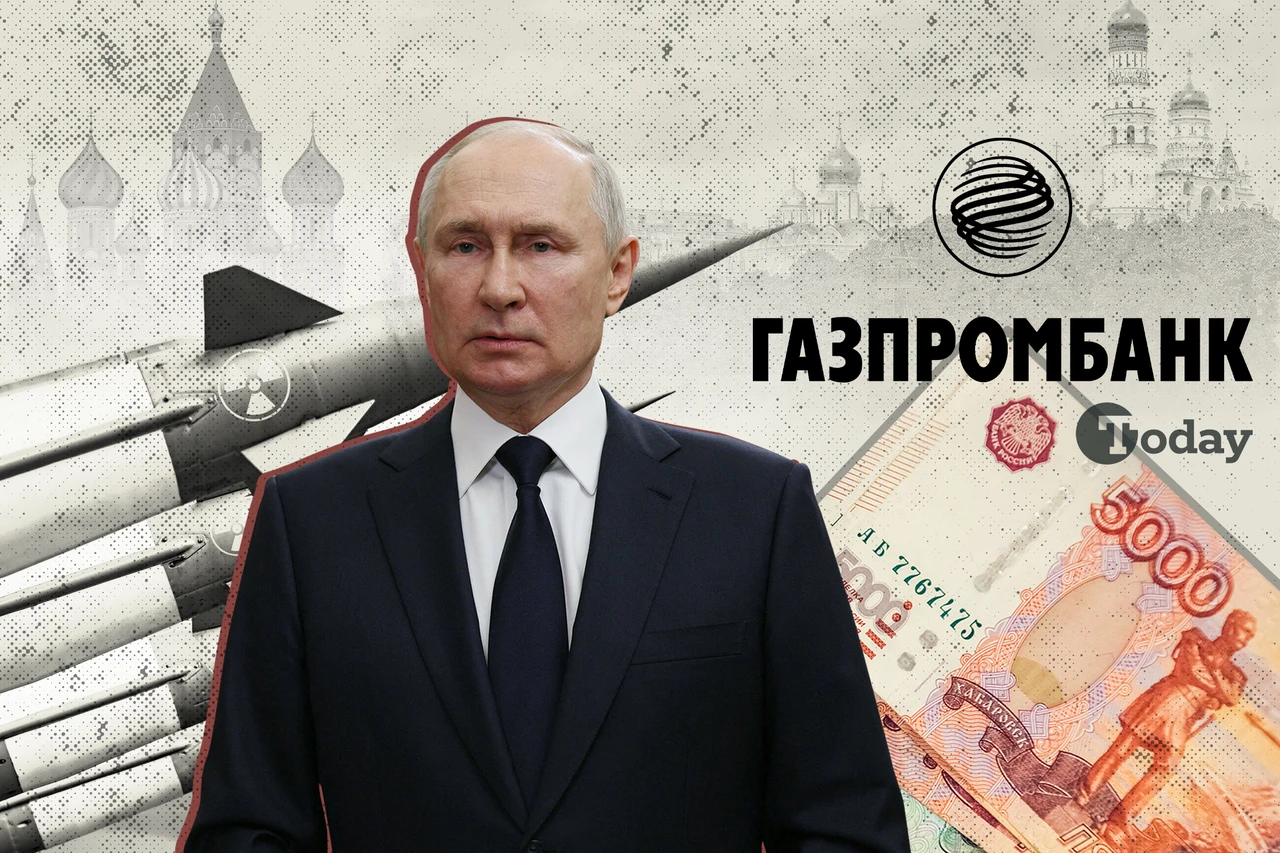 Russian President Vladimir Putin amid symbols of economic and geopolitical tensions: nuclear missiles, the Gazprombank logo, and the devalued ruble. (Collage by Türkiye Today team)
Russian President Vladimir Putin amid symbols of economic and geopolitical tensions: nuclear missiles, the Gazprombank logo, and the devalued ruble. (Collage by Türkiye Today team)
The Russian ruble declined by over 7% against multiple currencies on Nov. 27, marking its sharpest depreciation since the start of the Ukraine war in October 2022.
According to global currency market data, the exchange rates of various currencies against the ruble as of 1:00 p.m. GMT are as follows:
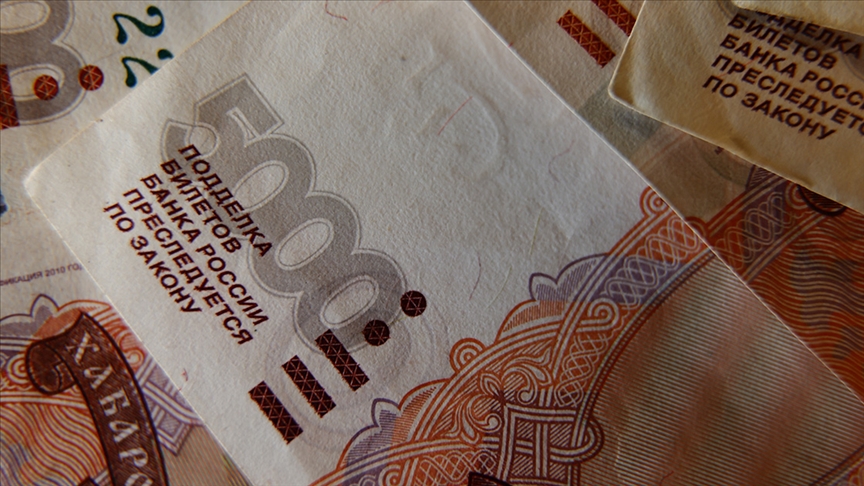
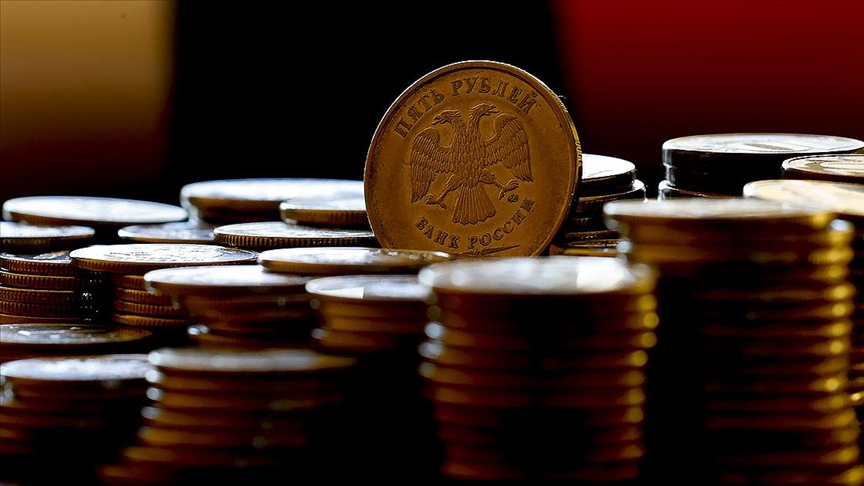
- USD/RUB: 113.25, a rise of 7.34% from the opening rate of 105.49.
- EUR/RUB: 120.56, a rise of 8.95% from the opening rate of 110.68.
- GBP/RUB: 143.01, a rise of 7.85% from the opening rate of 132.64.
- TRY/RUB: 3.30, a rise of 8.31% from the opening rate of 3.04.
- CNY/RUB: 15.79, a rise of 8.35% from the opening rate of 14.54.
- JPY/RUB: 0.75, a rise of 9.57% from the opening rate of 0.68.
Triggered by nuclear threat, blow on Gazprombank sanctions
The ruble’s decline coincides with a fresh wave of sanctions targeting Gazprombank, escalating nuclear tensions with the West.
On Nov. 19, Russian President Vladimir Putin heightened global concerns by signing a decree updating Russia’s nuclear doctrine, allowing for nuclear retaliation against conventional attacks that critically threaten the nation’s sovereignty or territorial integrity, particularly those involving non-nuclear states supported by nuclear powers like the U.S.
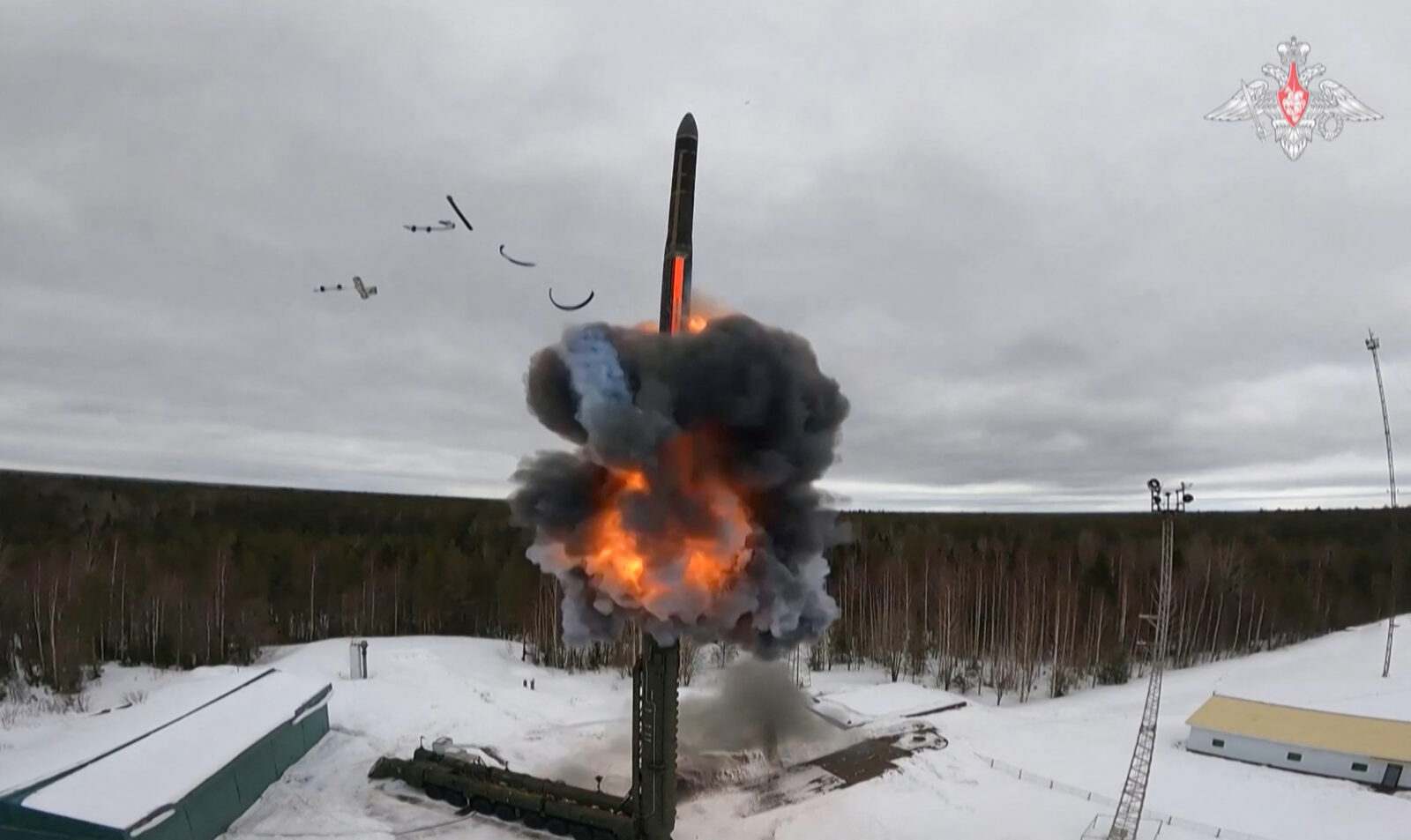
Two days later, on Nov. 21, the U.S. imposed sanctions on Gazprombank and over 50 internationally connected Russian banks, striking at Russia’s financial infrastructure and its ability to sustain military operations.
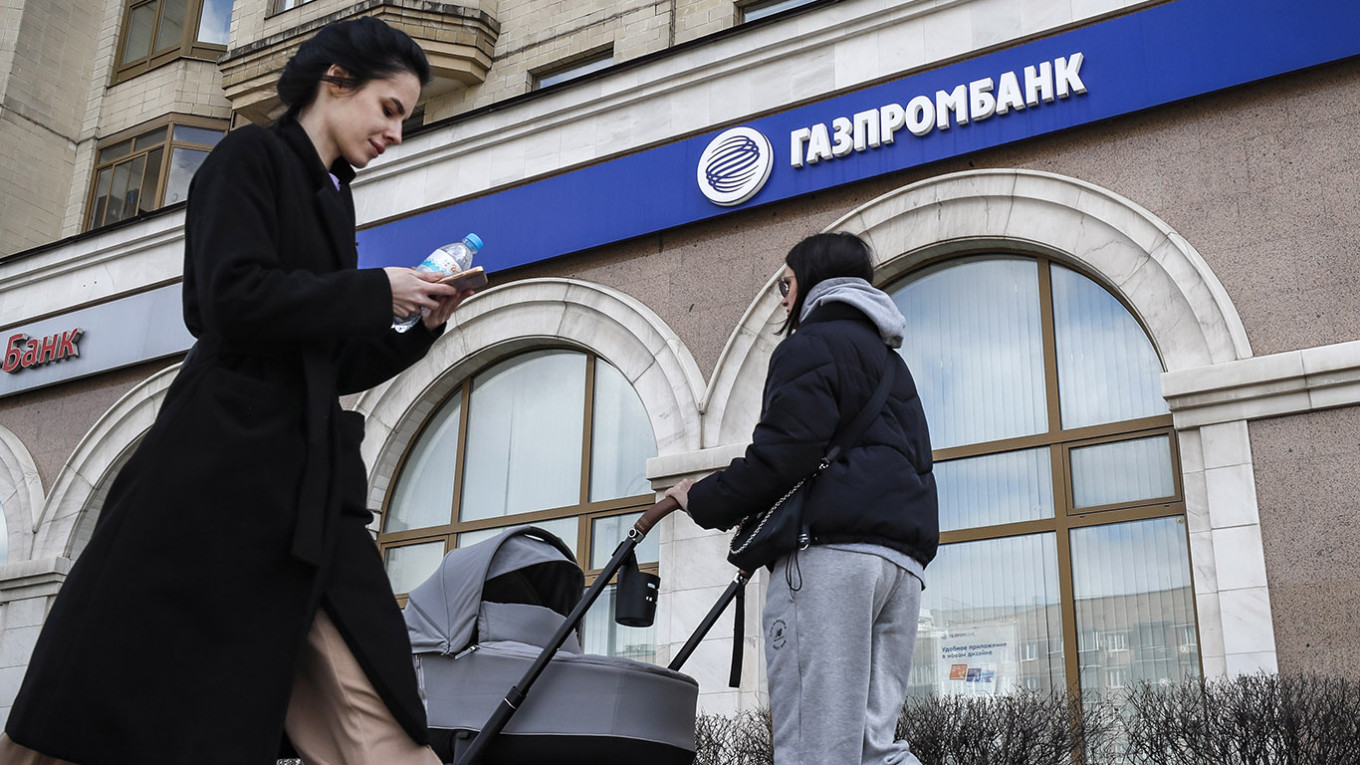
On Nov. 23, in Moscow, Putin announced the mass deployment of the Oreshnik intercontinental ballistic missile (ICBM), claiming it could rival nuclear weapons in destructive power.
This followed a hypersonic missile strike on a Ukrainian war plant in Dnipro, carried out in response to U.S. and British long-range missile support for Ukraine.
The escalating tensions have sparked fears of the Ukraine conflict spiraling into a nuclear war.
Foreign Minister Hakan Fidan warned the global community, stating: “Frankly, nuclear risk occurs from the moment the word nuclear starts to be discussed… This is not a joke.”
Kremlin to favor weaker ruble
Russian Finance Minister Anton Siluanov characterized the devaluation as “very, very favorable” for the country’s exporters on Nov. 26.
According to evaluations of the Moscow Times, a depreciated ruble enables Russia to fund its war efforts in Ukraine more efficiently in the short term by lowering the actual cost of military expenses, including arms and soldiers’ wages.
Additionally, the weaker exchange rate is anticipated to bolster Russian exports, providing continued support for war financing.
Since June, when U.S. sanctions prompted the Moscow Exchange to suspend trading in dollars and euros, official rates have been based on over-the-counter transactions involving major exporters and commercial banks.
However, the ruble’s weakening threatens to erode Russians’ purchasing power by increasing the cost of imported goods.
The currency hit a historic low of 150 per dollar shortly after the invasion of Ukraine in February 2022, but later recovered after the central bank imposed strict capital controls.



